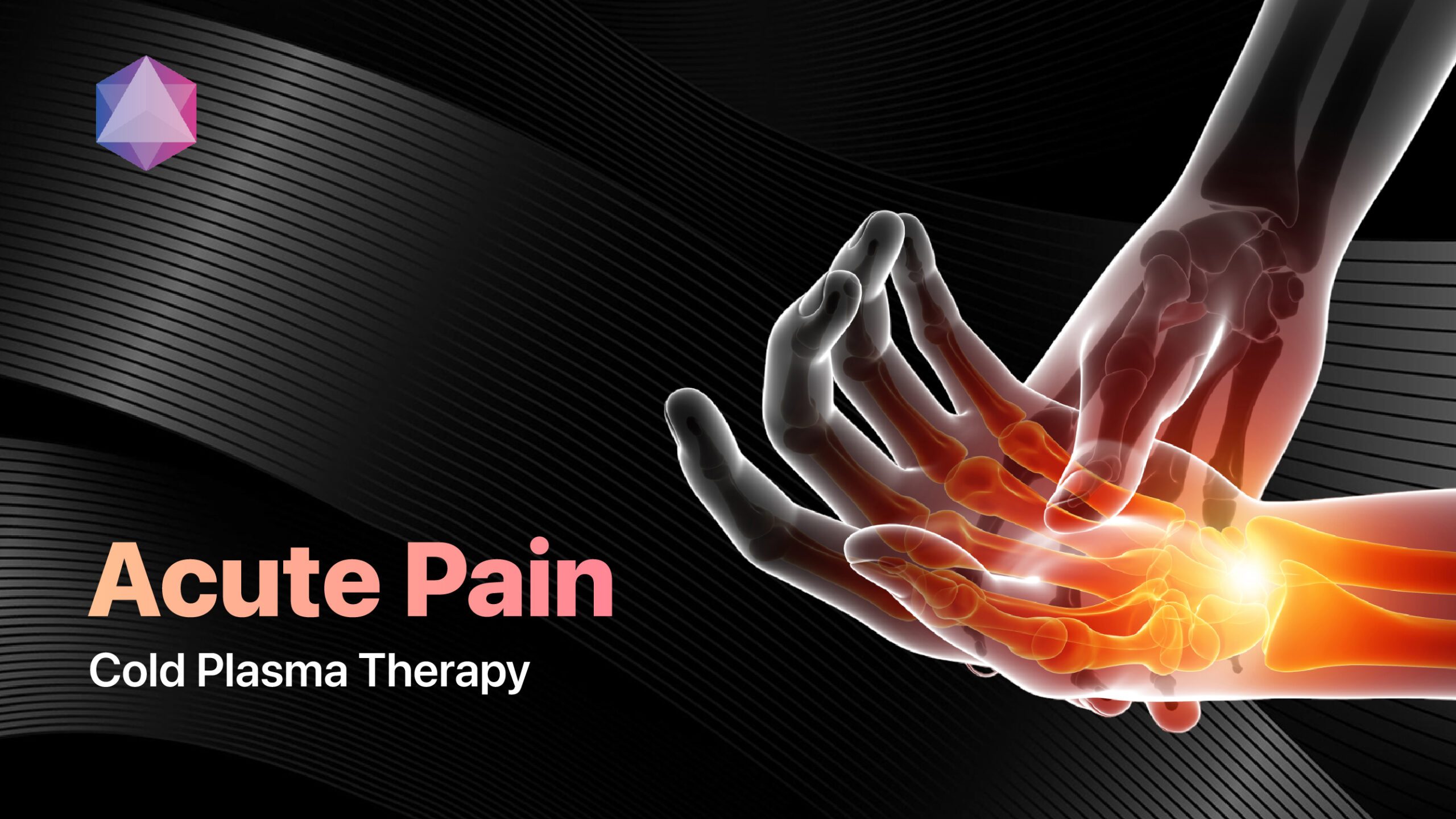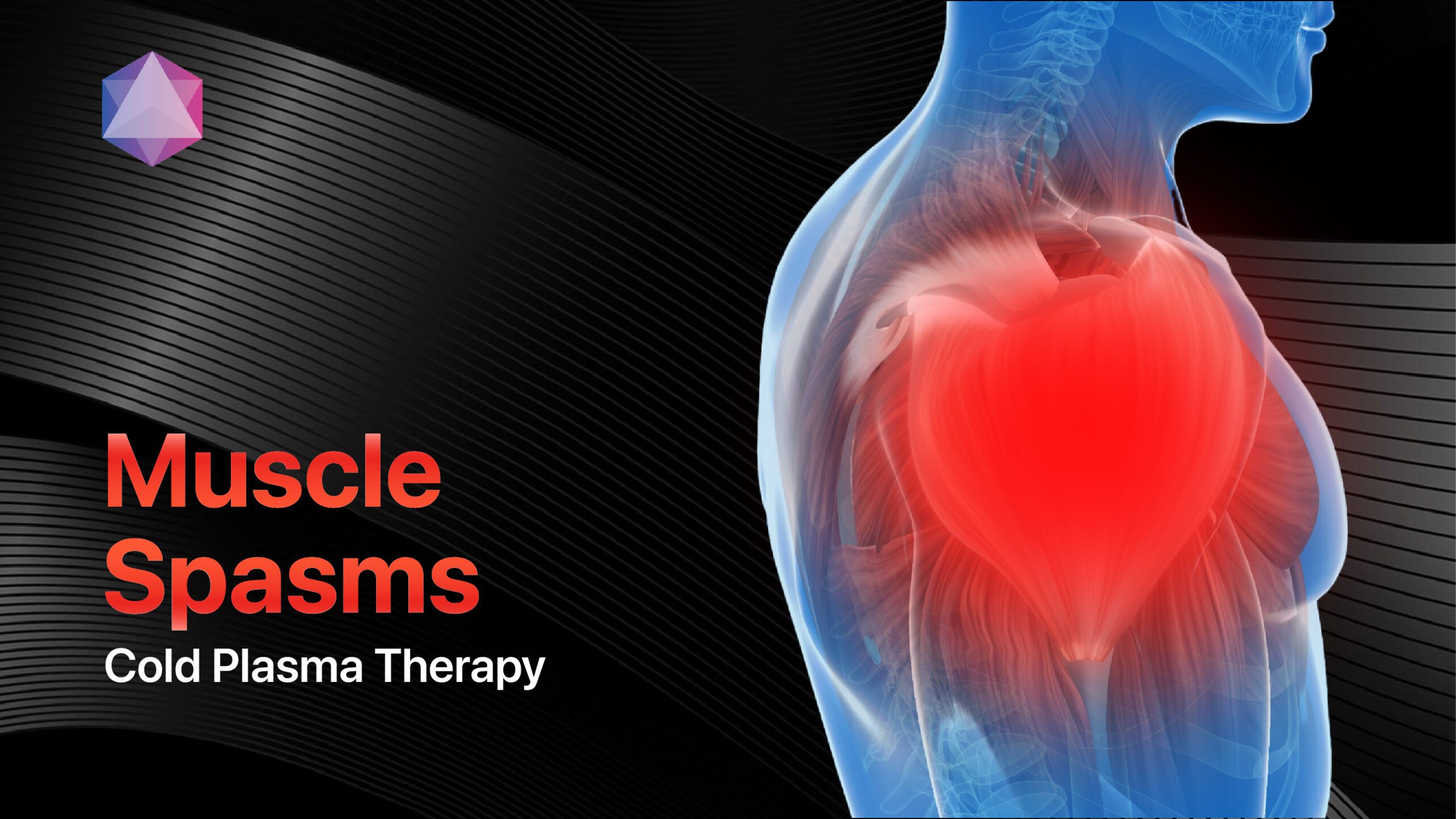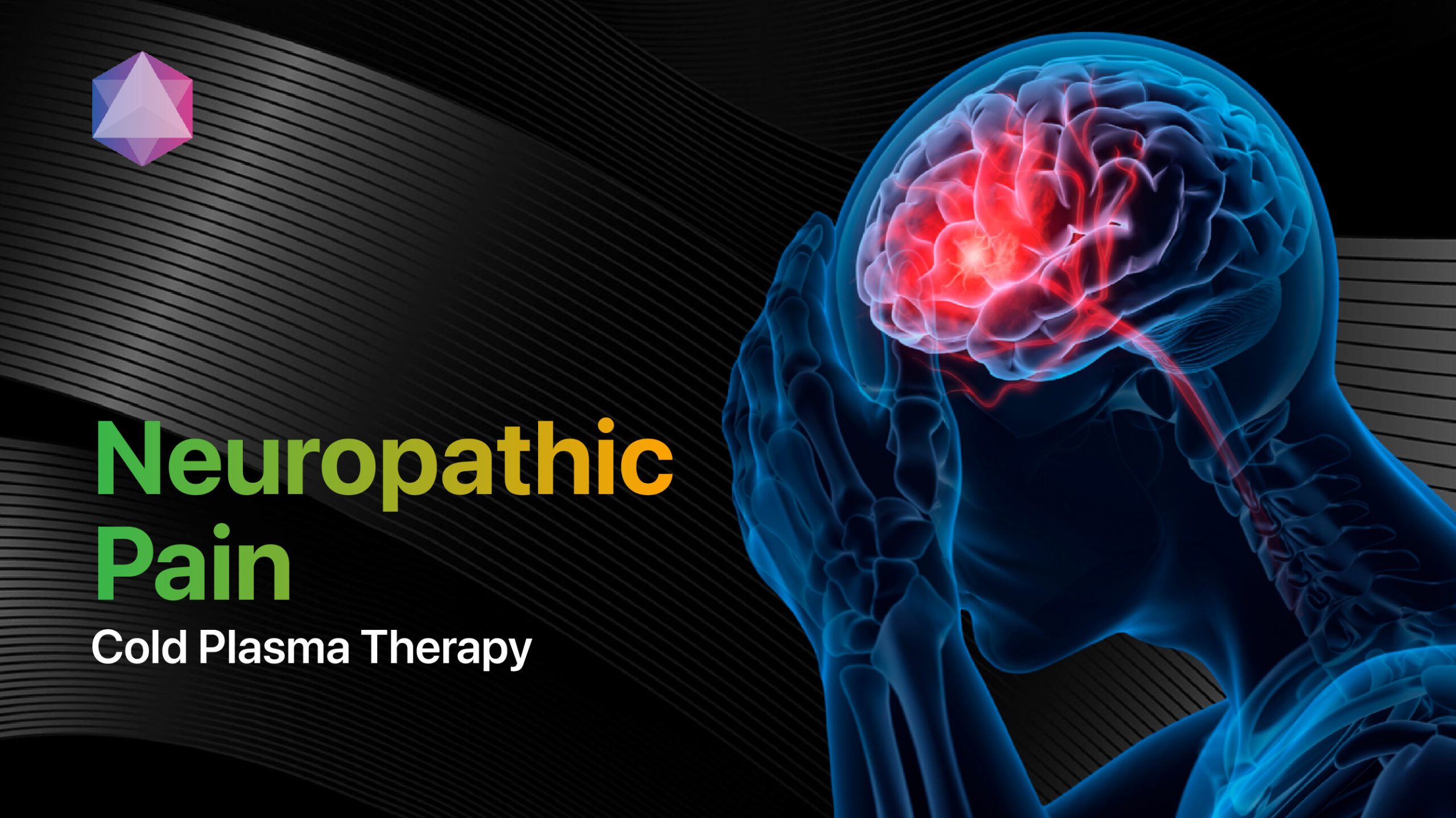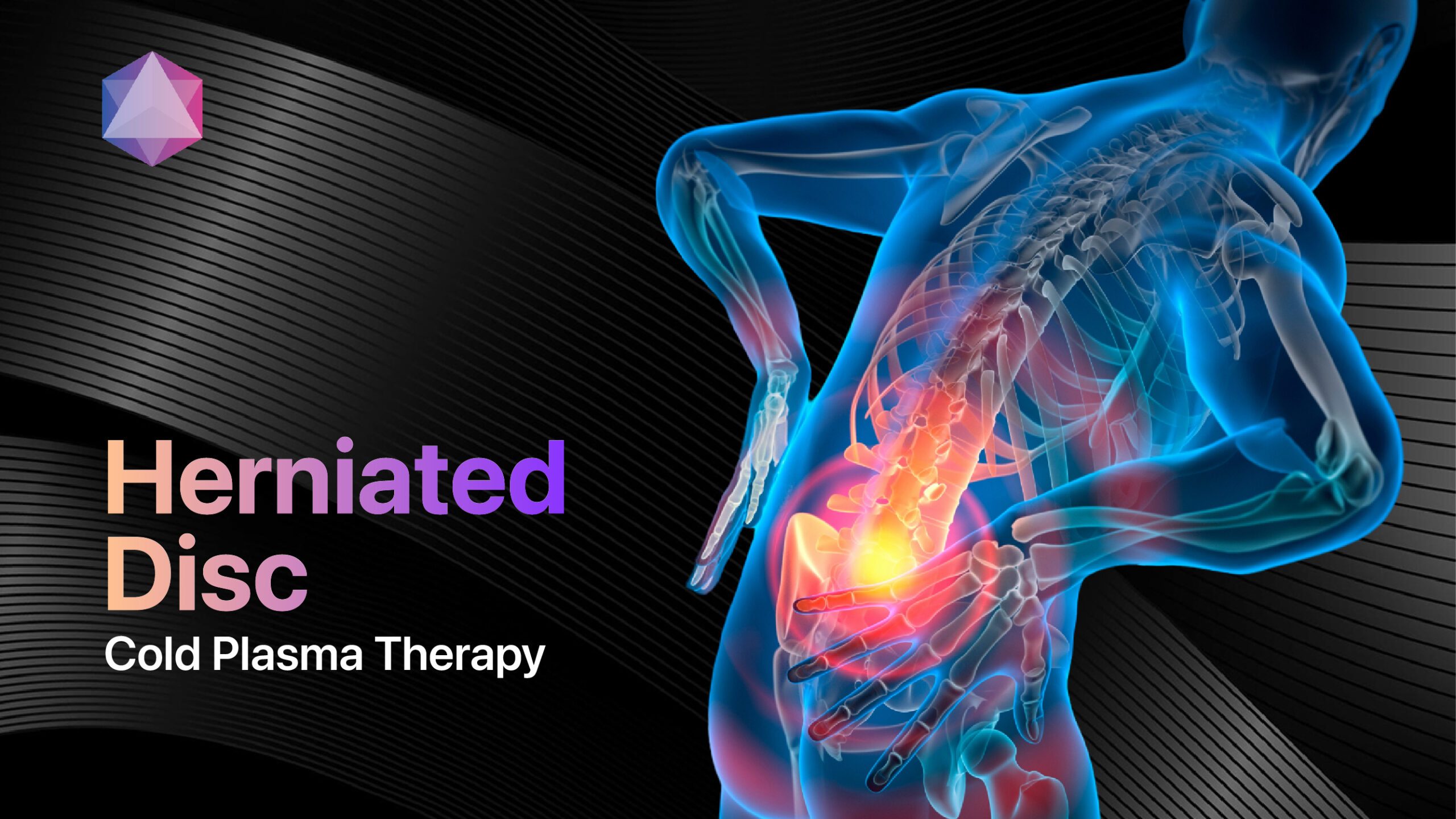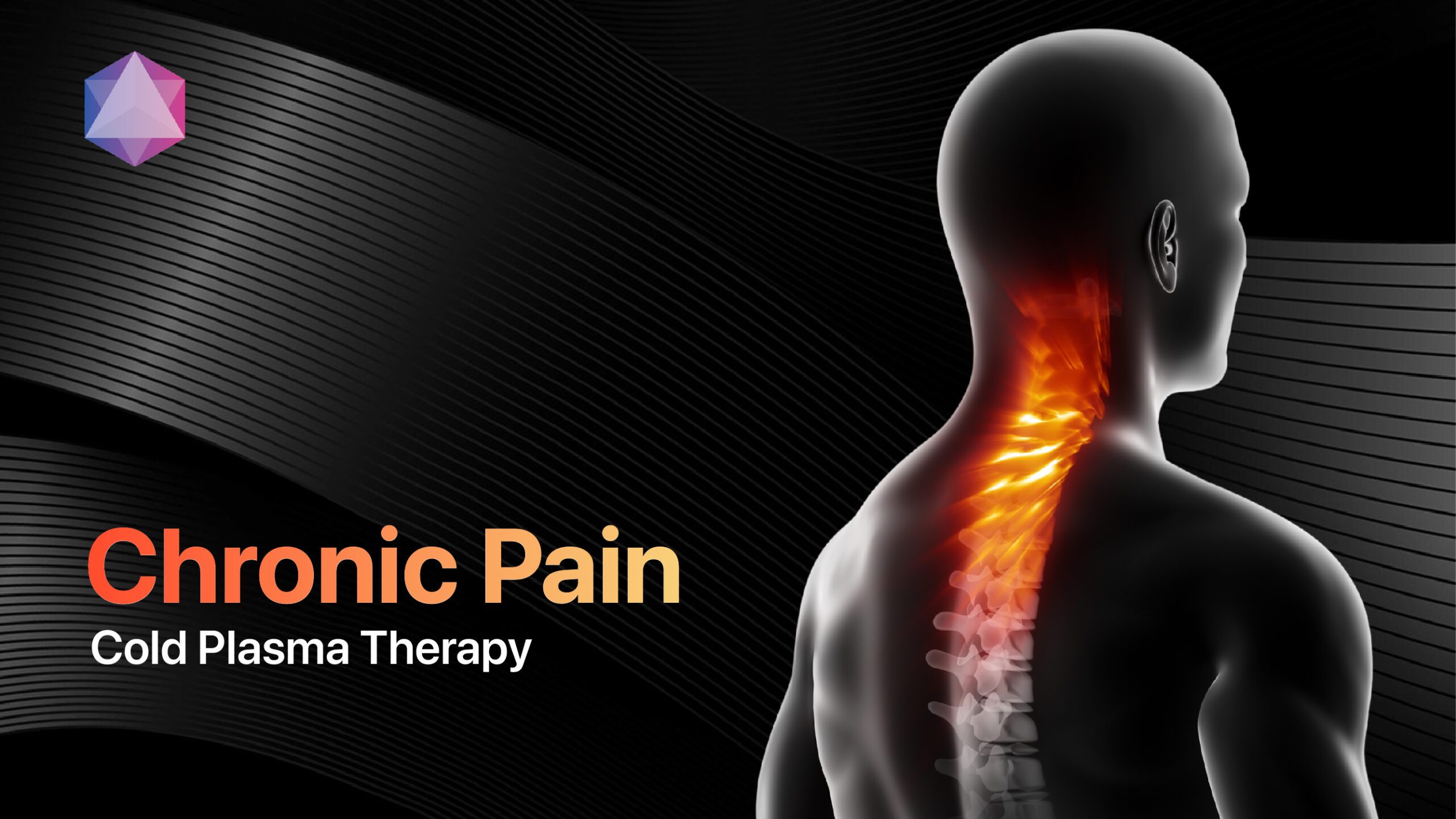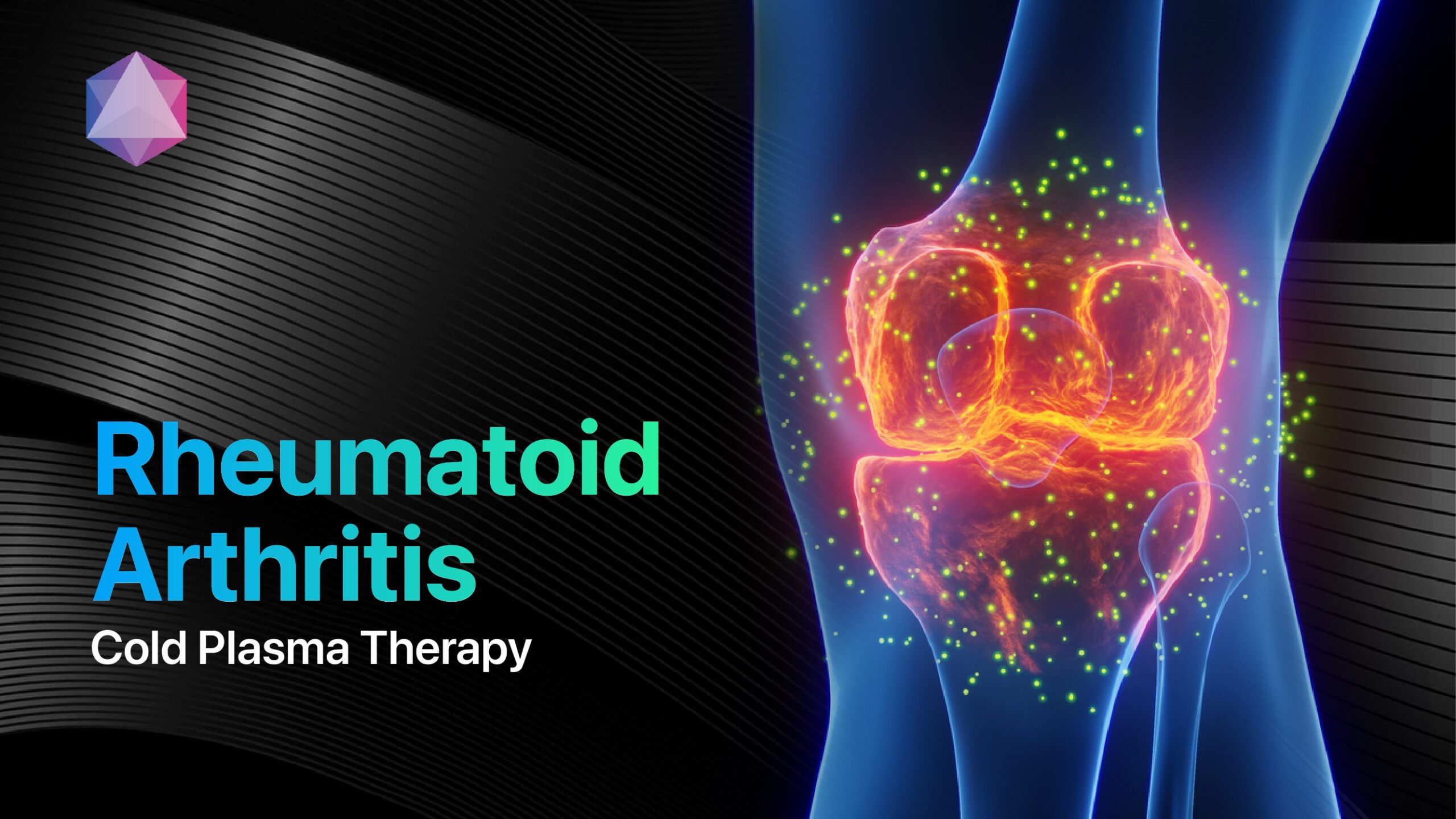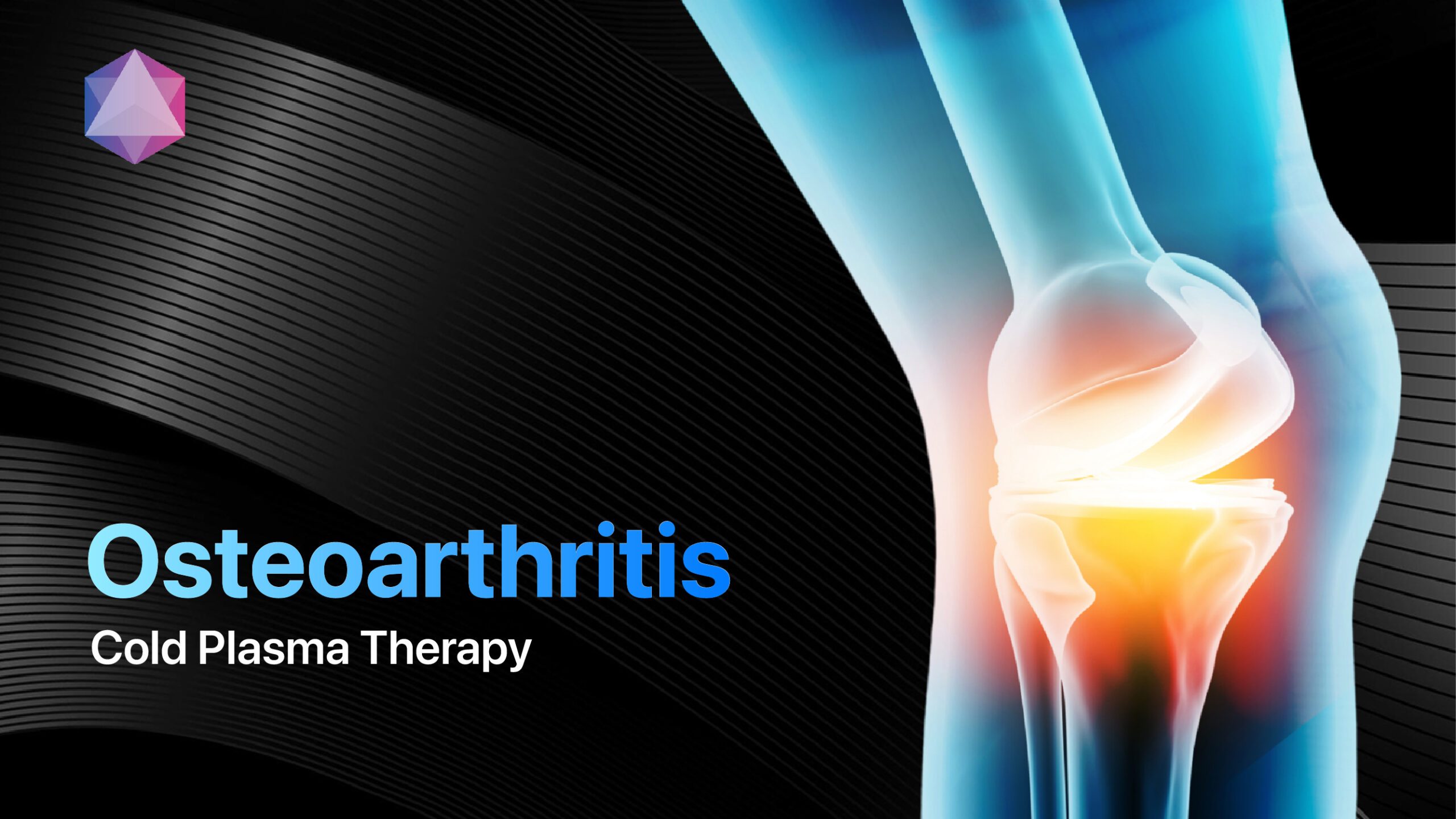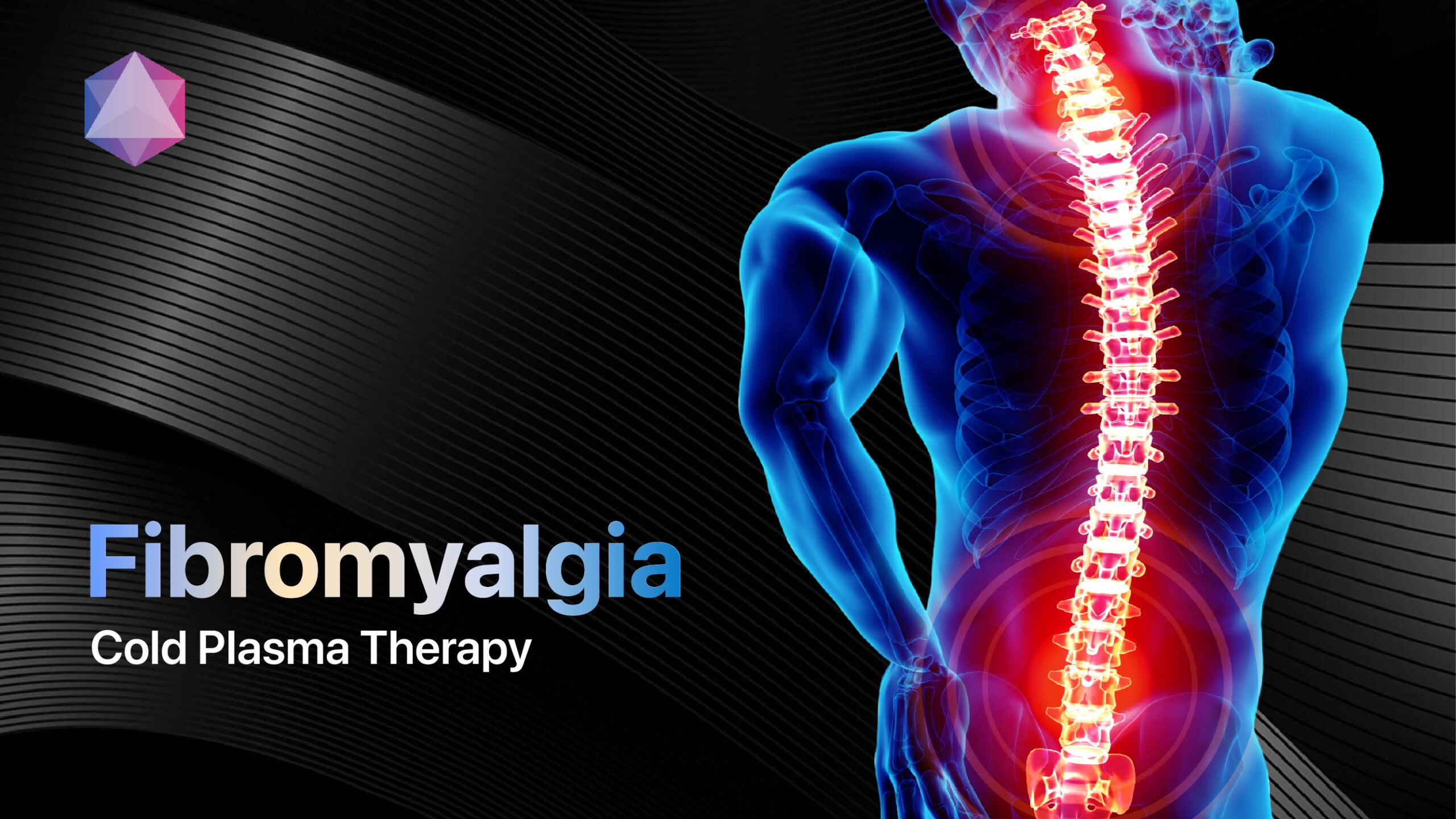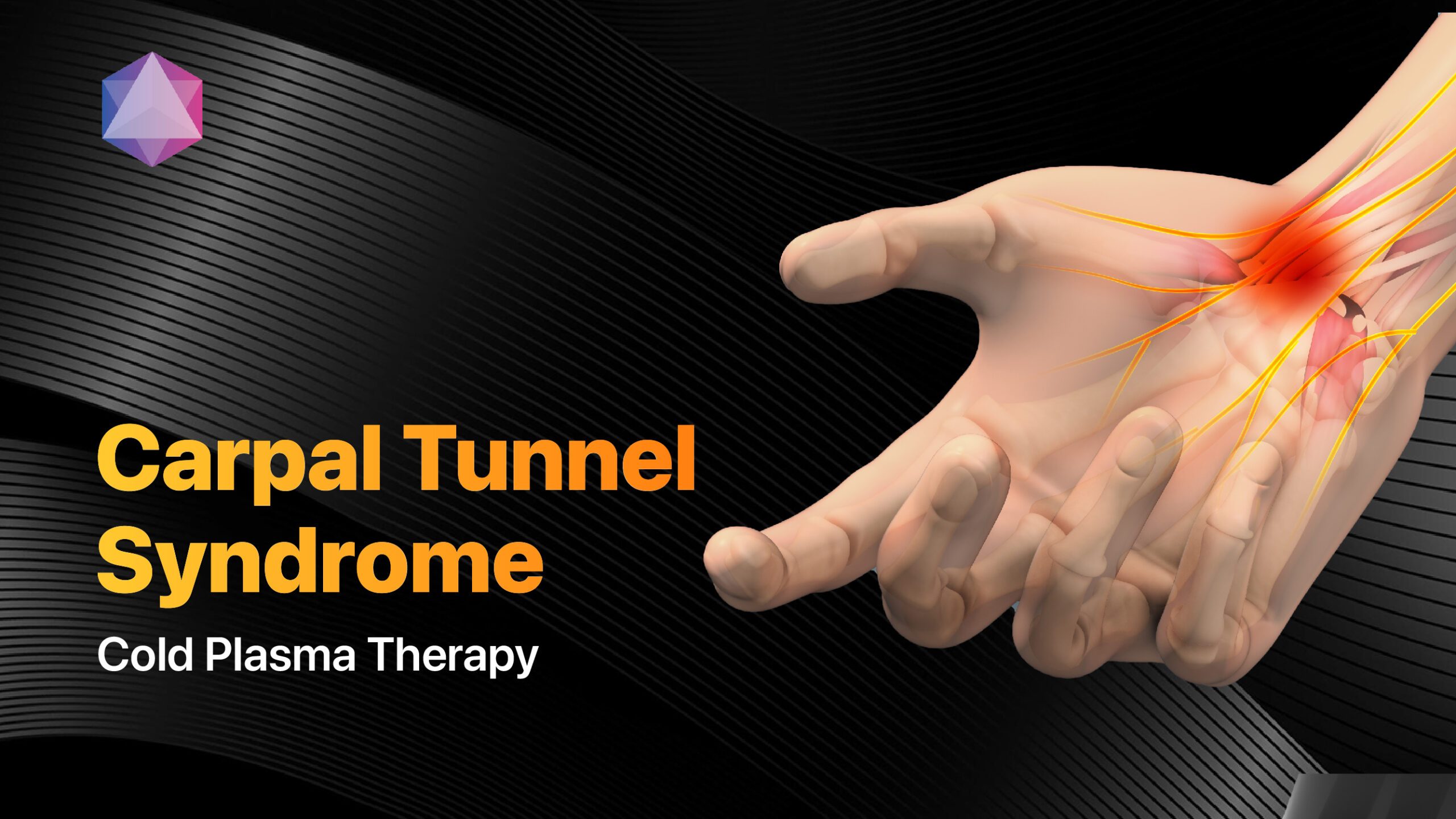
Imagine a condition that affects millions of people worldwide, causing numbness, tingling, and pain in the hands and wrists. This is the reality for those suffering from carpal tunnel syndrome (CTS), a common disorder that can significantly impact daily life and work productivity[1]. But what if there was a cutting-edge treatment that could provide lasting relief without the need for invasive surgery? Enter Mirari Cold Plasma, a groundbreaking technology developed by General Vibronics that harnesses the power of nitric oxide (NO). In this comprehensive guide, we’ll explore the world of carpal tunnel syndrome and discover how Mirari Cold Plasma is revolutionizing patient care[2].
1. What is Carpal Tunnel Syndrome?
Definition and Overview
Carpal tunnel syndrome is a condition that occurs when the median nerve, which runs from the forearm into the palm of the hand, becomes compressed or squeezed at the wrist. This compression can lead to numbness, tingling, weakness, and pain in the hand and wrist, and even the arm[3].

Carpal tunnel syndrome occurs when the median nerve is compressed at the wrist, causing numbness, tingling, weakness, and pain in the hand and wrist
Anatomy of the Carpal Tunnel
The carpal tunnel is a narrow, rigid passageway of ligament and bones at the base of the hand. It houses the median nerve and tendons that bend the fingers. The median nerve provides feeling to the palm side of the thumb and fingers (except the little finger), as well as nerve signals to some small muscles in the hand that allow the fingers and thumb to move[4].
Median Nerve Function
The median nerve is one of the main nerves in the hand. It originates as a group of nerve roots in the neck, runs down the arm, and enters the hand through the carpal tunnel. When the median nerve is compressed, as in carpal tunnel syndrome, it can lead to various symptoms in the hand and wrist[5].
Causes of Carpal Tunnel Syndrome
Carpal tunnel syndrome is often the result of a combination of factors that increase pressure on the median nerve and tendons in the carpal tunnel, rather than a problem with the nerve itself. Contributing factors can include:
- Anatomic factors: A wrist fracture or dislocation, or arthritis that deforms the small bones in the wrist, can alter the space within the carpal tunnel and put pressure on the median nerve[3].
- Nerve-damaging conditions: Some chronic illnesses, such as diabetes, can increase the risk of nerve damage, including damage to the median nerve[3].
- Inflammatory conditions: Rheumatoid arthritis and other conditions that have an inflammatory component can affect the lining around the tendons in the wrist and put pressure on the median nerve[3].
- Alterations in the balance of body fluids: Fluid retention during pregnancy or menopause can increase the pressure within the carpal tunnel, irritating the median nerve. Carpal tunnel syndrome associated with pregnancy generally resolves on its own after pregnancy[3].
- Workplace factors: It’s possible that working with vibrating tools or on an assembly line that requires prolonged or repetitive flexing of the wrist may create harmful pressure on the median nerve, or worsen existing nerve damage[3].
However, there is little clinical data to prove that repetitive and forceful movements of the hand and wrist during work or leisure activities can cause carpal tunnel syndrome. Other disorders such as bursitis and tendinitis have been associated with repeated motions performed in the course of normal work or other activities[3].
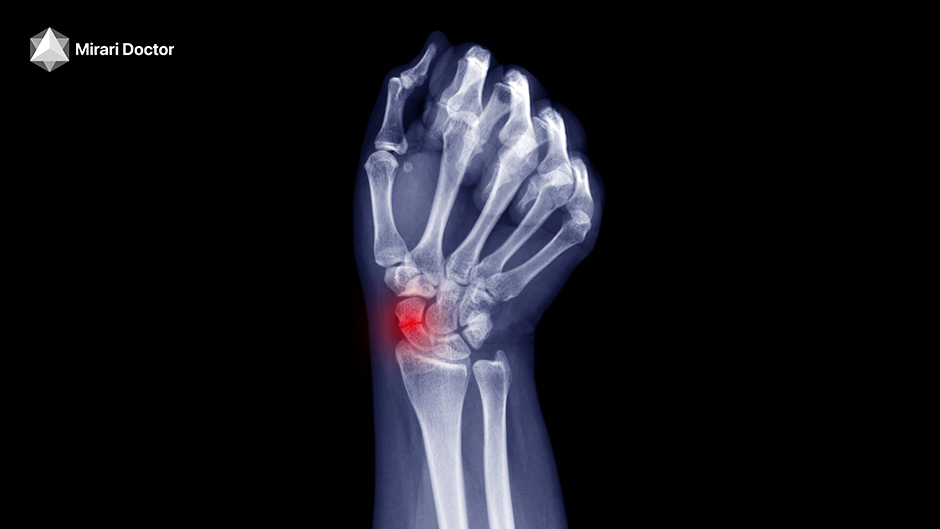
Wrist injuries or arthritis can compress the median nerve by narrowing the carpal tunnel
Risk Factors
Some studies have shown that women are three times more likely than men to develop carpal tunnel syndrome. This may be because the carpal tunnel area is relatively smaller in women than in men. Women who have carpal tunnel syndrome may also have smaller carpal tunnels than women who don’t have the condition[3].
Other risk factors for carpal tunnel syndrome include:
- Heredity: This is likely an important factor. Carpal tunnels may be smaller in some people, or there may be anatomic differences that change the amount of space for the nerve, and these traits can run in families[3].
- Repetitive hand use: Repeating the same hand and wrist motions or activities over a prolonged period may aggravate the tendons in the wrist, causing swelling that puts pressure on the nerve[3].
- Hand and wrist position: Doing activities that involve extreme flexion or extension of the hand and wrist for a prolonged period can increase pressure on the nerve[3].
- Pregnancy: Hormonal changes during pregnancy can cause fluid retention and swelling[3].
- Health conditions: Diabetes, rheumatoid arthritis, thyroid disorders, and other conditions can increase the risk of carpal tunnel syndrome[3].
2. Symptoms of Carpal Tunnel Syndrome
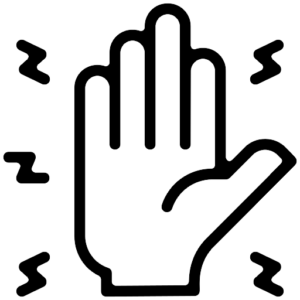 |
Numbness and TinglingOne of the most common symptoms of carpal tunnel syndrome is numbness or tingling in the thumb, index, middle, and ring fingers. Some people say their fingers feel useless and swollen, even though little or no swelling is apparent. The sensation may travel from the wrist up the arm. These symptoms often occur while holding a steering wheel, phone, or newspaper, or may wake you from sleep[3][8]. |
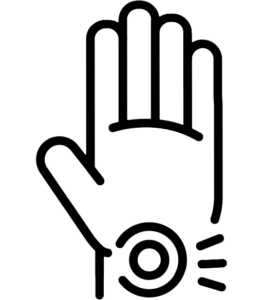 |
Pain and DiscomfortCarpal tunnel syndrome can cause discomfort in the wrist and the palm of the hand. Some people describe the pain as an ache or burning sensation. The pain may radiate up the arm and even reach the shoulder[3][8]. |
 |
Weakness in the HandWeakness in the hand and a tendency to drop objects can be signs of carpal tunnel syndrome. This may be due to the numbness in the hand or weakness of the thumb’s pinching muscles, which are also controlled by the median nerve[3][8]. |
 |
Nighttime SymptomsSymptoms of carpal tunnel syndrome often first appear during the night. This is likely because many people sleep with their wrists bent, which can increase pressure on the median nerve. Nighttime symptoms may awaken you from sleep and make it difficult to fall back asleep[3][8]. |
 |
Shock-like SensationsSome people with carpal tunnel syndrome say their fingers feel swollen and useless, with a sensation like an electric shock in the thumb and fingers. The shock-like sensations may travel from the wrist up the arm[3][8]. |
3. Diagnosis of Carpal Tunnel Syndrome
Medical History and Physical Examination
The diagnosis of carpal tunnel syndrome is based on a combination of symptoms, physical examination findings, and the results of electrodiagnostic tests[6][5].
During the physical examination, your doctor will assess the feeling, strength, and appearance of your neck, shoulders, arms, wrists, and hands. They will test the sensation of the fingers and the strength of the muscles in the hand. Bending the wrist, tapping on the nerve, or simply pressing on the nerve can trigger symptoms in many people[6][5].
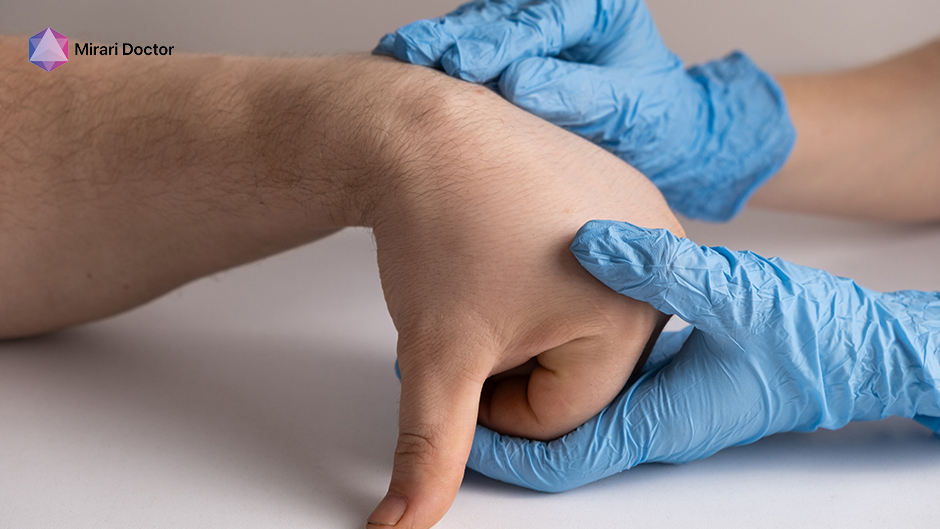
Carpal tunnel syndrome is diagnosed using symptoms, physical exams, and nerve tests
Electrodiagnostic Testing
Electrodiagnostic tests can help confirm the diagnosis of carpal tunnel syndrome and rule out other potential causes of your symptoms. These tests measure the electrical activity of muscles and nerves in your arms and hands[6][5].
- Nerve conduction study: This test measures the signals travelling in the nerves of your hand and arm. It can detect when a nerve is not conducting its signal effectively, which can indicate compression of the nerve. During the test, a small shock-like sensation is passed through the nerve to measure the speed of nerve signals[6][5].
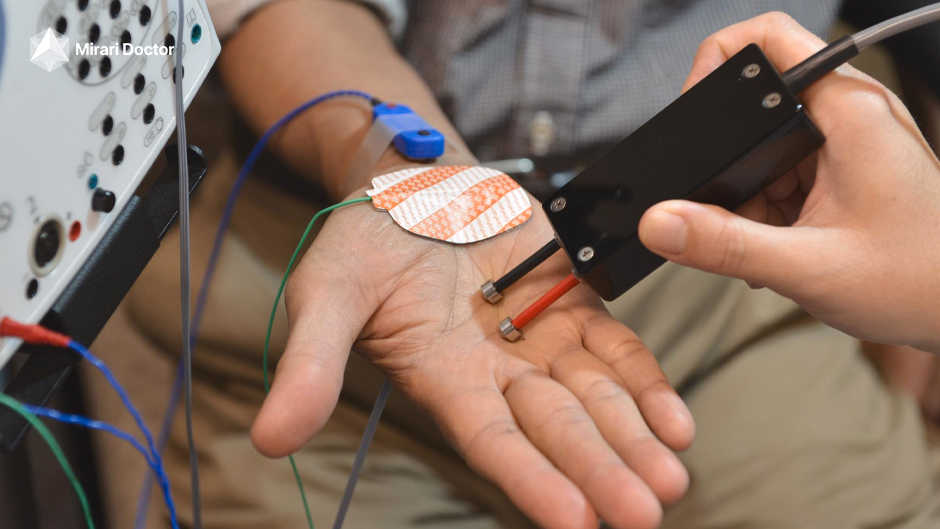
Nerve conduction study measures nerve signal speed to detect issues like nerve compression
- Electromyogram (EMG): An EMG measures the electrical activity in muscles. It can show whether you have any nerve or muscle damage. During an EMG, your doctor inserts a fine needle electrode through your skin into the muscle to be studied. The electrical activity detected by this electrode is displayed on a monitor, and may be heard through a speaker[6][5].

An EMG uses a needle electrode to measure muscle electrical activity and detect damage
Ultrasound Imaging
Ultrasound imaging can show impaired movement of the median nerve. It can also help determine whether a tumor or other structure is impacting the nerve[6][5].
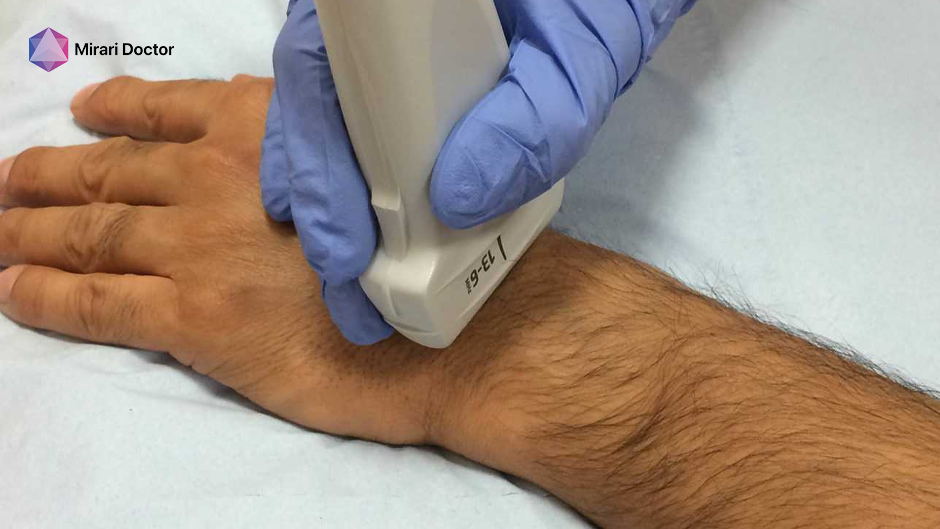
Ultrasound detects median nerve issues and external impacts
X-rays and MRI
X-rays can help your doctor rule out other causes of wrist pain, such as arthritis or a fracture. If your symptoms suggest that another condition might be the cause of your carpal tunnel syndrome, your doctor may order an MRI scan of your neck to rule out a pinched nerve or spinal cord injury[6][5].

X-rays and MRI scans help rule out other causes of wrist pain and carpal tunnel syndrome
Differential Diagnosis
Not all pain in the wrist and hand is caused by carpal tunnel syndrome. Many other conditions can cause similar symptoms, including:
- Arthritis[6][5]
- Nerve compression in the neck (cervical radiculopathy)[6][5]
- Nerve compression in the elbow (cubital tunnel syndrome)[6][5]
- Nerve compression in the wrist (ulnar tunnel syndrome)[6][5]
- Tendinitis[6][5]
- Wrist sprain or strain[6][5]
Your doctor will consider these and other conditions when making a diagnosis[6][5].

Wrist and hand pain can be caused by conditions other than carpal tunnel syndrome, such as cubital tunnel syndrome
4. Treatment Options for Carpal Tunnel Syndrome
Nonsurgical Treatments
 |
Wrist SplintingA splint that holds your wrist still while you sleep can help relieve nighttime symptoms of tingling and numbness. Nighttime splinting may be a good option if you’re pregnant[6]. |
 |
Activity ModificationsIf your work or recreational activities aggravate your symptoms, changing or modifying these activities can help slow or stop progression of the condition. In some cases, this may involve making changes to your work site or work station[6]. |
 |
MedicationsOver-the-counter pain relievers, such as ibuprofen (Advil, Motrin IB, others) and naproxen (Aleve), may help ease symptoms. Your doctor may also prescribe other medications, such as:
|
 |
Corticosteroid InjectionsCorticosteroid, or cortisone, is an anti-inflammatory agent that can be injected directly into the carpal tunnel. These injections provide symptom relief and reduce inflammation, but the effect is sometimes only temporary. Repeated injections can cause the tendon sheaths to degenerate[6]. |
 |
Nerve Gliding ExercisesSome studies suggest that exercises that encourage the median nerve to slide through the carpal tunnel may improve symptoms. These exercises may be especially useful if you have mild to moderate carpal tunnel syndrome[9]. Examples of nerve gliding exercises include:
|
Cold Plasma Therapy
Cold plasma therapy, particularly Mirari Cold Plasma developed by General Vibronics, is an innovative treatment approach that harnesses the power of nitric oxide (NO) to promote healing and reduce inflammation in carpal tunnel syndrome[10].
Mechanism of Action in Carpal Tunnel Syndrome: Nitric oxide plays a crucial role in many biological processes, including vasodilation, neurotransmission, and inflammation regulation. By delivering precise, controlled doses of NO to the affected area, Mirari Cold Plasma aims to:
- Reduce inflammation and swelling in the carpal tunnel, relieving pressure on the median nerve
- Promote blood flow and nutrient delivery to the damaged nerve, facilitating healing
- Modulate pain signaling pathways, providing symptomatic relief
- Stimulate the regeneration of damaged nerve fibers, potentially improving nerve function
Potential Benefits and Limitations: Mirari Cold Plasma offers a non-invasive, targeted approach to treating carpal tunnel syndrome. The handheld device allows for easy, precise application of NO to the wrist area, making it accessible to healthcare professionals with minimal training. While early studies have shown promising results in reducing pain and improving function, more research is needed to fully understand the long-term effects and optimal treatment protocols for cold plasma therapy in carpal tunnel syndrome management[10].
Current Research and Future Directions: As a relatively new technology, cold plasma therapy for carpal tunnel syndrome is an active area of research. Ongoing studies aim to:
- Elucidate the precise mechanisms by which NO promotes nerve healing and reduces inflammation in carpal tunnel syndrome
- Optimize treatment parameters, such as dosage, frequency, and duration, for maximum efficacy
- Evaluate the efficacy of cold plasma therapy in combination with other conservative treatments, such as splinting or physical therapy
- Assess long-term outcomes and the potential for preventing recurrence of carpal tunnel syndrome
As more evidence emerges, cold plasma therapy, particularly Mirari Cold Plasma, may become an increasingly valuable tool in the management of carpal tunnel syndrome, offering patients a safe, effective, and non-invasive treatment option[10].
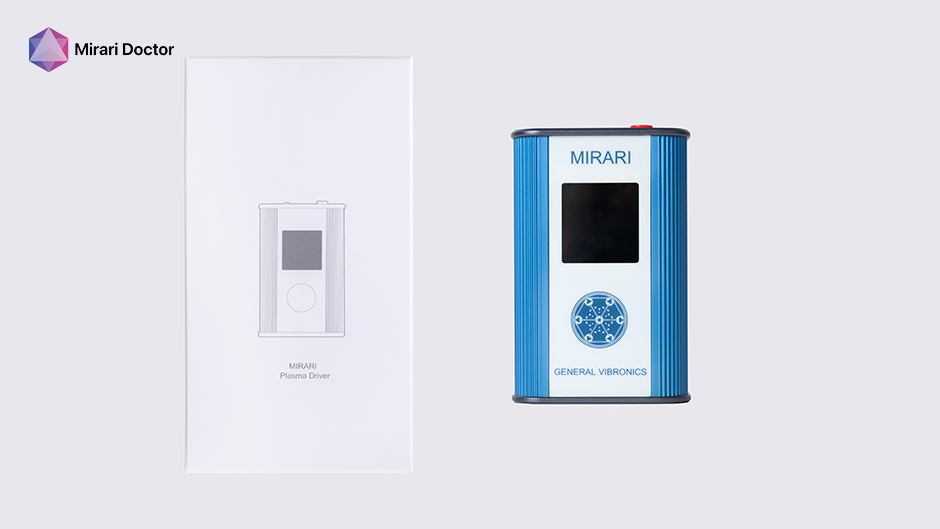
Mirari Cold Plasma provides a non-invasive, targeted treatment for carpal tunnel syndrome with promising early results, but more research is needed on its long-term effects and protocols
Surgical Treatments
Open Carpal Tunnel Release
Open carpal tunnel release is the traditional surgical treatment for carpal tunnel syndrome. During this procedure, the surgeon makes an incision in the palm of your hand over the carpal tunnel and cuts through the ligament that is pressing on the median nerve[11].
The surgery is usually done under local anesthesia and does not require an overnight hospital stay. It’s generally done on an outpatient basis, unless there are unusual medical considerations[11].
Endoscopic Carpal Tunnel Release
Endoscopic carpal tunnel release is a less invasive surgical procedure than open carpal tunnel release. The surgeon makes one or two small incisions (about 1/2 inch each) in the wrist and palm, and then inserts a small camera attached to a tube, called an endoscope, to cut the ligament from the inside[11].
Endoscopic carpal tunnel release may result in less pain than open carpal tunnel release, but it requires a surgeon who has experience with this technique. The long-term benefits of endoscopic carpal tunnel release compared with open carpal tunnel release are still being studied[11].
Postoperative Care
After surgery, the ligament usually grows back together and allows more space than before. Although symptoms may be relieved immediately after surgery, full recovery from carpal tunnel surgery can take months. Some people may have infections, nerve damage, stiffness, and pain at the scar. Occasionally the wrist loses strength because the carpal ligament is cut. Most people need to modify work activity for several weeks following surgery, and some people may need to adjust job duties or even change jobs after recovery from surgery[11].
Prognosis and Recovery
Most people who have carpal tunnel syndrome find that their symptoms improve after treatment, especially if the condition is diagnosed and treated early. In some cases, symptoms may go away without any treatment, or may be relieved by self-care measures[12].
If pressure on the median nerve continues, however, it can lead to nerve damage and worsening symptoms. To prevent permanent damage, surgery to relieve pressure on the nerve may be recommended for some patients[12].
5. Prevention of Carpal Tunnel Syndrome
 |
Ergonomic AdjustmentsProper office ergonomics, including correct chair height, adequate equipment spacing, and the use of wrist rests, can help reduce the risk of carpal tunnel syndrome[13]. Here are some tips:
|
 |
Hand and Wrist ExercisesStretching and strengthening exercises can help prevent carpal tunnel syndrome[14]. Here are a few to try:
|
 |
Lifestyle ModificationsCertain lifestyle changes can help prevent or ease the symptoms of carpal tunnel syndrome[15]:
|
 |
Avoiding Repetitive StrainRepetitive flexing and extending of the tendons in the hands and wrists, particularly when done forcefully and for prolonged periods without rest, can increase pressure within the carpal tunnel. This leads to irritation of the median nerve[13]. To help prevent carpal tunnel syndrome, try to avoid repetitive wrist and hand motions, or forceful gripping or pinching. |
 |
Regular Breaks During ActivitiesWhen doing activities that involve repetitive hand and wrist motions, take periodic breaks and gently stretch and bend your hands and wrists. If you use equipment that vibrates or that requires you to exert a great amount of force, take frequent breaks and alternate with other tasks[13]. This can help reduce the strain on your hands and wrists. |
6. Living with Carpal Tunnel Syndrome
Managing Symptoms
If you have carpal tunnel syndrome, there are several things you can do to manage your symptoms and prevent them from getting worse[16]:
- Take frequent breaks from activities that put stress on your hands and wrists.
- Apply cold packs to reduce swelling.
- Wear a wrist splint at night to keep your wrist in a neutral position.
- Do gentle stretching and strengthening exercises for your hands and wrists.
- Use over-the-counter pain relievers, such as ibuprofen or naproxen, to help with pain and inflammation[16].
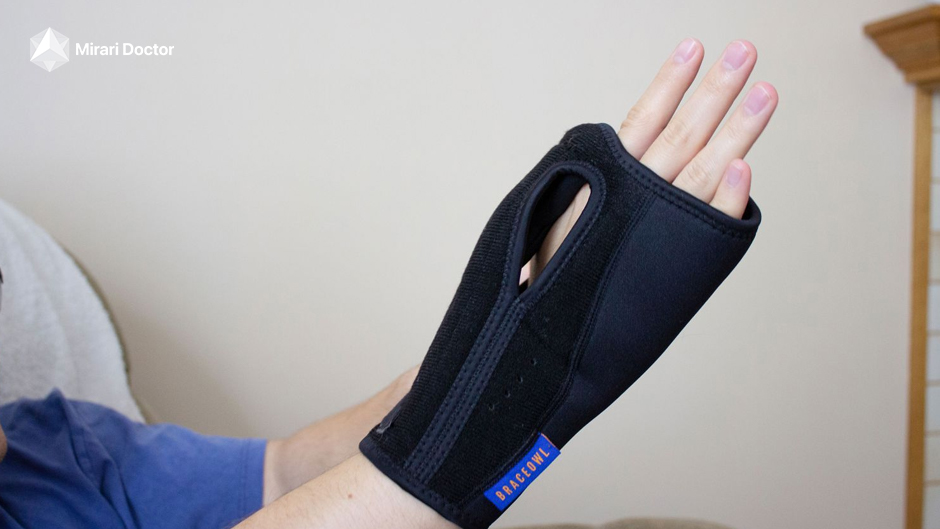
To manage carpal tunnel syndrome, wear a wrist splint at night to keep your wrist neutral
Incorporating Cold Plasma Therapy in Symptom Management
Mirari Cold Plasma therapy can be a valuable addition to your symptom management routine. By delivering precise doses of nitric oxide (NO) to the affected area, cold plasma therapy can help reduce inflammation, promote healing, and provide pain relief. Incorporating regular cold plasma therapy sessions into your treatment plan, as directed by your healthcare provider, may help improve your symptoms and overall hand and wrist function.
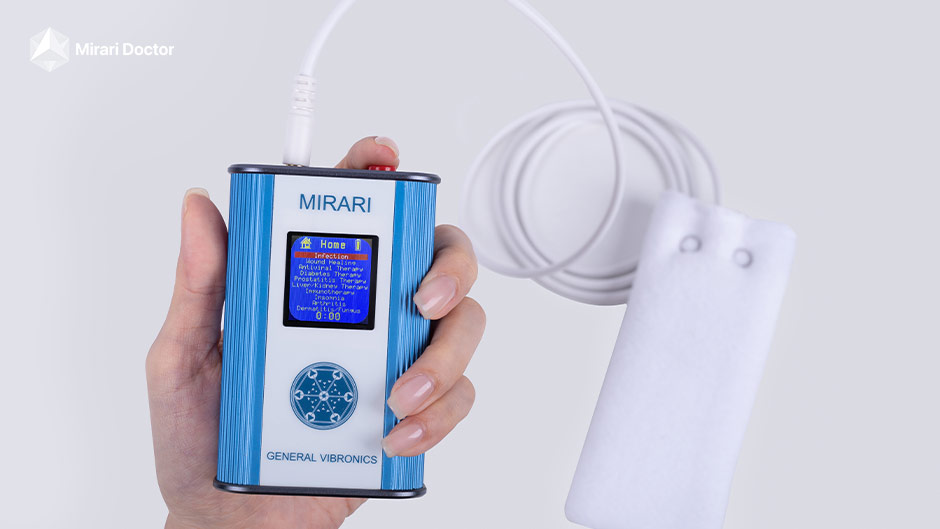
Mirari Cold Plasma therapy helps reduce inflammation, promote healing, and relieve pain
Lifestyle Adjustments
Making certain lifestyle adjustments can help you manage your carpal tunnel syndrome and prevent it from getting worse[15]:
- Maintain a healthy weight to reduce pressure on your median nerve.
- Quit smoking, as smoking can reduce blood flow to your median nerve.
- Adjust your work station to promote good wrist posture.
- Take regular breaks from repetitive hand and wrist activities.
- Use ergonomic tools and equipment when possible[15].

Quit smoking to improve blood flow to your median nerve
Seeking Professional Help
If your symptoms are severe or don’t improve with self-care measures, it’s important to seek professional help. Your doctor can provide a definitive diagnosis and recommend the most appropriate treatment options for your individual case[17]. This may include:
- Physical therapy to strengthen and stretch the muscles in your hand and wrist
- Occupational therapy to help you adjust your work environment and learn techniques to minimize stress on your hands and wrists
- Medications, such as corticosteroids or NSAIDs, to reduce inflammation and pain
- Surgery to relieve pressure on your median nerve, in severe cases[17]

Physical therapy to strengthen and stretch the muscles in your hand and wrist
Support Resources
Living with carpal tunnel syndrome can be challenging, but you don’t have to face it alone. There are many support resources available to help you cope with your condition and connect with others who understand what you’re going through:
- Online support groups and forums
- Local support groups
- Occupational therapy associations
- Chronic pain organizations
Reaching out to these resources can provide you with valuable information, emotional support, and practical tips for managing your condition.

Support resources can help you manage carpal tunnel syndrome
Long-term Considerations
While carpal tunnel syndrome can be a challenging condition to live with, the good news is that with proper treatment and management, most people are able to find relief from their symptoms and prevent long-term complications[17]. However, it’s important to keep in mind that carpal tunnel syndrome is often a chronic condition that may require ongoing management.
This may involve making long-term changes to your work environment, lifestyle, and daily routines to minimize stress on your hands and wrists. Regular check-ins with your healthcare provider can help ensure that your treatment plan remains effective and that any new symptoms or concerns are addressed promptly[17].

Regular check-ins with your healthcare provider ensure your treatment plan stays effective and new concerns are addressed
7. Future Directions in Carpal Tunnel Syndrome Research
Advancements in Diagnostic Techniques
As our understanding of carpal tunnel syndrome continues to evolve, so too do the diagnostic techniques available to healthcare providers. Some of the most promising advancements in this area include:
- High-resolution ultrasound imaging, which can provide detailed images of the median nerve and surrounding structures in the wrist[6]
- Magnetic resonance neurography, which can help visualize the median nerve and detect early signs of nerve damage[6]
- Pressure-specified sensory testing, which can quantify the degree of sensory loss in the hand and fingers[6]
These techniques may allow for earlier and more accurate diagnosis of carpal tunnel syndrome, leading to more timely and effective treatment interventions.

High-resolution ultrasound provides detailed images of the median nerve and wrist structures
Novel Therapeutic Targets and Drug Development
Researchers are also exploring new therapeutic targets and drug development strategies for treating carpal tunnel syndrome. Some of the most promising areas of research include:
- Nerve growth factors and other neurotrophic agents that can promote nerve regeneration and repair[18]
- Anti-inflammatory agents that target specific cytokines or signaling pathways involved in the development of carpal tunnel syndrome[18]
- Neuroprotective agents that can help prevent or mitigate nerve damage in the carpal tunnel[18]
As these new therapeutic targets are identified and validated, they may lead to the development of novel drug therapies that can provide more effective and targeted relief for people with carpal tunnel syndrome.

Researchers are exploring new therapies and drug strategies for treating carpal tunnel syndrome
Potential of Cold Plasma Therapy in Carpal Tunnel Syndrome Treatment
Cold plasma therapy, particularly Mirari Cold Plasma and its focus on nitric oxide (NO), represents a promising frontier in carpal tunnel syndrome treatment. As research continues to elucidate the mechanisms by which NO promotes nerve healing and reduces inflammation, cold plasma therapy may emerge as a valuable adjunct to existing treatment options[19].
Future studies may explore:
- Optimal treatment parameters and protocols for cold plasma therapy in carpal tunnel syndrome
- Long-term efficacy and safety of cold plasma therapy compared to traditional interventions
- Potential synergistic effects of combining cold plasma therapy with other therapeutic approaches, such as physical therapy or medications
As evidence accumulates, cold plasma therapy may become an increasingly important tool in the management of carpal tunnel syndrome, offering patients a safe, non-invasive, and targeted treatment option[19].

Cold plasma therapy, targeting nitric oxide, shows promise for carpal tunnel syndrome and may become a key treatment as research advances
Personalized Medicine Approaches
The future of carpal tunnel syndrome treatment may also lie in personalized medicine approaches that tailor interventions to an individual patient’s unique characteristics and needs. This may involve:
- Genetic testing to identify individuals at higher risk for developing carpal tunnel syndrome[20]
- Biomarker profiling to predict treatment response and guide therapy selection[20]
- Customized splinting or bracing solutions based on individual hand and wrist anatomy[20]
- Targeted physical therapy and occupational therapy programs based on specific functional deficits and goals[20]
By moving towards a more personalized approach to carpal tunnel syndrome management, healthcare providers may be able to optimize treatment outcomes and improve quality of life for patients.

Genetic testing may identify individuals at higher risk for carpal tunnel syndrome
Strategies for Prevention and Early Intervention
Finally, future research efforts may also focus on developing more effective strategies for preventing carpal tunnel syndrome and promoting early intervention when symptoms first arise. This may involve:
- Identifying and modifying workplace risk factors for carpal tunnel syndrome[21]
- Educating workers and employers about ergonomic best practices and early signs of median nerve compression[21]
- Implementing screening programs to detect carpal tunnel syndrome in high-risk populations[21]
- Developing wearable technologies or smart devices that can monitor hand and wrist function and alert individuals to early signs of nerve damage[21]
By prioritizing prevention and early intervention, we may be able to reduce the overall burden of carpal tunnel syndrome and help individuals maintain optimal hand and wrist function over the long term.
8. Takeaways
- Carpal tunnel syndrome is a common condition caused by compression of the median nerve in the wrist, leading to symptoms such as numbness, tingling, pain, and weakness in the hand and fingers[6].
- Risk factors for carpal tunnel syndrome include female gender, older age, obesity, certain medical conditions (such as diabetes and rheumatoid arthritis), and occupational factors involving repetitive hand and wrist motions[22].
- Diagnosis of carpal tunnel syndrome typically involves a combination of patient history, physical examination, and diagnostic tests such as electrodiagnostic studies and imaging[6].
- Treatment options for carpal tunnel syndrome range from conservative measures (such as wrist splinting, activity modification, and medications) to surgical interventions (such as open or endoscopic carpal tunnel release)[23].
- Cold plasma therapy, particularly Mirari Cold Plasma and its focus on nitric oxide (NO), represents a promising new treatment approach for carpal tunnel syndrome that may help reduce inflammation, promote nerve healing, and provide symptom relief[19].
- Prevention of carpal tunnel syndrome involves a combination of ergonomic adjustments, hand and wrist exercises, lifestyle modifications, and avoidance of repetitive strain[24].
- Ongoing research into carpal tunnel syndrome is focused on developing new diagnostic techniques, identifying novel therapeutic targets, exploring personalized medicine approaches, and implementing strategies for prevention and early intervention[25].
In conclusion, carpal tunnel syndrome is a common and potentially debilitating condition that affects millions of people worldwide. By understanding the risk factors, symptoms, and treatment options for this condition, individuals can take proactive steps to manage their symptoms, prevent progression, and maintain optimal hand and wrist function.
As research continues to advance, particularly in the realm of innovative therapies like Mirari Cold Plasma and its focus on nitric oxide (NO), the future of carpal tunnel syndrome management looks increasingly promising. With a multidisciplinary approach that combines patient education, ergonomic interventions, targeted therapies, and personalized care, we can help individuals with carpal tunnel syndrome achieve better outcomes and quality of life. If you or someone you know is experiencing symptoms of carpal tunnel syndrome, don’t hesitate to seek guidance from a qualified healthcare provider to explore the best treatment options for your unique needs and goals.
9. FAQs
What are the most common symptoms of carpal tunnel syndrome?
The most common symptoms of carpal tunnel syndrome include numbness, tingling, and pain in the hand and fingers (particularly the thumb, index, middle, and ring fingers), as well as weakness and clumsiness in the affected hand. These symptoms often worsen at night and may be triggered by certain activities involving repetitive hand or wrist motions[6].
How is carpal tunnel syndrome diagnosed?
Carpal tunnel syndrome is typically diagnosed based on a combination of patient history, physical examination findings, and diagnostic tests. Your doctor may ask about your symptoms, medical history, and occupational risk factors, and perform tests such as Tinel’s sign (tapping on the median nerve) and Phalen’s maneuver (holding the wrist in a flexed position). Electrodiagnostic studies, such as nerve conduction tests and electromyography, can help confirm the diagnosis and assess the severity of nerve damage. Imaging tests, such as ultrasound or MRI, may also be used to visualize the carpal tunnel and surrounding structures[6].
What are the treatment options for carpal tunnel syndrome?
Treatment options for carpal tunnel syndrome depend on the severity of the condition and individual patient factors. Conservative treatments include wrist splinting (particularly at night), activity modification, ergonomic adjustments, physical therapy, and medications (such as nonsteroidal anti-inflammatory drugs or corticosteroid injections). Cold plasma therapy, such as Mirari Cold Plasma, is a promising new treatment approach that may help reduce inflammation and promote nerve healing. In severe cases or when conservative measures fail, surgical interventions (such as open or endoscopic carpal tunnel release) may be recommended to relieve pressure on the median nerve[23].
Can carpal tunnel syndrome be prevented?
While it may not be possible to completely prevent carpal tunnel syndrome, there are several steps you can take to reduce your risk. These include maintaining good wrist posture, taking frequent breaks from repetitive hand and wrist activities, using ergonomic tools and workstations, performing hand and wrist exercises, and managing underlying medical conditions (such as diabetes and rheumatoid arthritis) that may contribute to carpal tunnel syndrome. If you have a job that involves repetitive hand and wrist motions, talk to your employer about ergonomic modifications or alternative duties that may help reduce your risk[24].
How can cold plasma therapy, like Mirari Cold Plasma, help with carpal tunnel syndrome?
Mirari Cold Plasma, developed by General Vibronics, is a cutting-edge treatment approach that harnesses the power of nitric oxide (NO) to promote healing and reduce inflammation in carpal tunnel syndrome. By delivering precise, controlled doses of NO to the affected area, Mirari Cold Plasma may help reduce pressure on the median nerve, promote blood flow and nutrient delivery, modulate pain signaling pathways, and stimulate nerve regeneration. While more research is needed to fully understand the long-term effects and optimal treatment protocols, early studies suggest that cold plasma therapy may be a safe, non-invasive, and effective option for managing carpal tunnel syndrome symptoms and promoting recovery[19].
10. References
- Wikipedia. (2024). Carpal tunnel syndrome. https://en.wikipedia.org/wiki/Carpal_tunnel_syndrome
- ResearchGate. (2016). Cold plasma nucleoplasty for intervertebral disc herniation. https://www.researchgate.net/publication/306045964_Cold_plasma_nucleoplasty_for_intervertebral_disc_herniation
- Mayo Clinic. (2024). Carpal tunnel syndrome – Symptoms and causes. https://www.mayoclinic.org/diseases-conditions/carpal-tunnel-syndrome/symptoms-causes/syc-20355603
- TeachMeAnatomy. (2024). The Carpal Tunnel – Borders – Contents. https://teachmeanatomy.info/upper-limb/areas/carpal-tunnel/
- OrthoInfo. (2024). Carpal Tunnel Syndrome – Symptoms and Treatment. https://orthoinfo.aaos.org/en/diseases–conditions/carpal-tunnel-syndrome/
- Mayo Clinic. (2024). Carpal tunnel syndrome – Diagnosis and treatment. https://www.mayoclinic.org/diseases-conditions/carpal-tunnel-syndrome/diagnosis-treatment/drc-20355608
- NHS. (2024). Carpal tunnel syndrome. https://www.nhs.uk/conditions/carpal-tunnel-syndrome/
- WebMD. (2024). What Is Carpal Tunnel Syndrome? https://www.webmd.com/pain-management/carpal-tunnel/carpal-tunnel-syndrome
- National Institute of Arthritis and Musculoskeletal and Skin Diseases. (2024). Carpal Tunnel Syndrome: Diagnosis, Treatment, and Steps to Take. https://www.niams.nih.gov/health-topics/carpal-tunnel-syndrome/diagnosis-treatment-and-steps-to-take
- Carlson, H., et al. (2010). Current options for nonsurgical management of carpal tunnel syndrome. International Journal of Clinical Rheumatology, 5(1), 129-142. https://www.ncbi.nlm.nih.gov/pmc/articles/PMC2871765/
- WebMD. (2024). Surgery for Treating Carpal Tunnel Syndrome. https://www.webmd.com/pain-management/carpal-tunnel/do-i-need-carpal-tunnel-surgery
- WebMD. (2024). How Do You Treat Carpal Tunnel Syndrome? https://www.webmd.com/pain-management/carpal-tunnel/treat-carpal-tunnel-syndrome
- Texas Department of Insurance. (2024). Preventing carpal tunnel syndrome in the workplace. https://www.tdi.texas.gov/tips/safety/carpaltunnel.html
- WebMD. (2024). Best Exercises for Carpal Tunnel. https://www.webmd.com/pain-management/carpal-tunnel/best-exercises-carpal-tunnel
- Optimize You Health. (2024). How to Make Lifestyle Modifications for Effectively Managing Carpal Tunnel Syndrome. https://www.optimizeyouhealth.com/articles/lifestyle-modifications-managing-carpal-tunnel-syndrome
- Effective Integrative Healthcare. (2019). Want to Prevent Carpal Tunnel Syndrome? Modify Your Workspace. https://www.eihmd.com/2019/11/12/want-to-prevent-carpal-tunnel-syndrome-modify-your-workspace/
- Healthline. (2024). 3 Wrist Exercises to Treat Carpal Tunnel. https://www.healthline.com/health/carpal-tunnel-wrist-exercises
- Mayo Clinic Proceedings. (2017). A Novel Treatment for Carpal Tunnel Syndrome? https://www.mayoclinicproceedings.org/article/S0025-6196(17)30484-6/fulltext
- Chen, X., et al. (2022). Effectiveness of Platelet-Rich Plasma for Patients With Carpal Tunnel Syndrome: A Systematic Review and meta-Analysis of Current Evidence in Randomized Controlled Trials. Frontiers in Pharmacology. https://www.ncbi.nlm.nih.gov/pmc/articles/PMC9092282/
- Rupa Health. (2024). An Integrative Medicine Approach to Carpal Tunnel Syndrome. https://www.rupahealth.com/post/an-integrative-approach-to-carpal-tunnel-syndrome
- Fernández-de-las-Peñas, C., et al. (2021). Strategies for the prevention of carpal tunnel syndrome in the workplace: A systematic review. PubMed. https://pubmed.ncbi.nlm.nih.gov/33453588/
- Sports-health. (2024). Causes and Risk Factors for Carpal Tunnel Syndrome. https://www.sports-health.com/sports-injuries/hand-and-wrist-injuries/causes-and-risk-factors-carpal-tunnel-syndrome
- Cleveland Clinic. (2024). Carpal Tunnel Syndrome: Symptoms, Causes & Treatment. https://my.clevelandclinic.org/health/diseases/4005-carpal-tunnel-syndrome
- NIAMS. (2024). Carpal Tunnel Syndrome. https://www.niams.nih.gov/health-topics/carpal-tunnel-syndrome
- Johns Hopkins Medicine. (2024). Carpal Tunnel Syndrome. https://www.hopkinsmedicine.org/health/conditions-and-diseases/carpal-tunnel-syndrome
Related articles
Made in USA


